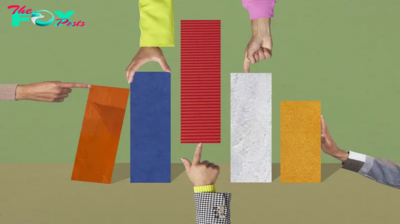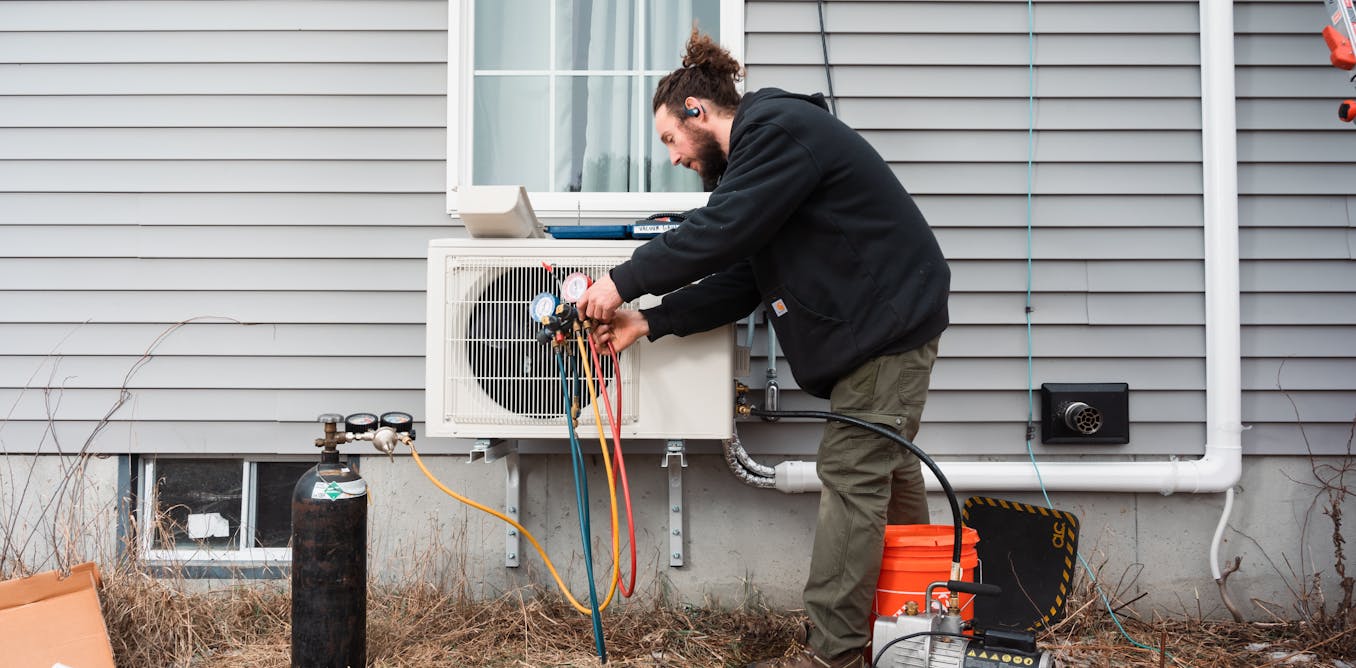Business
What GoFundMe conceals: The campaigns that fail
Long before the advent of reality television, the popular game show “Queen for a Day” thrilled American audiences by giving women who told heartbreaking tales of financial struggles a chance at winning expensive items that could help solve their problems.
Throughout its 1956-1964 run, each episode featured contestants describing a misfortune that had struck them or their families, such as polio, rheumatic fever or hunting accidents. They asked for everything from bunk beds to beauty school tuition to improve their lot.
Eventually, a clap-o-meter would appear, superimposed over each woman’s face. The winner would be chosen based on the volume of the audience’s applause. She was crowned Queen for a Day and lavished with dishwashers, sewing machines and sofas, while the losers – and the millions of Americans who had tuned in on their TV sets – watched.
Today, something like that black-and-white TV show plays out nonstop, but on different devices. It’s the plot of GoFundMe, the world’s largest crowdfunding website for personal causes.
The privately owned company says it helped people raise over US$30 billion in donations between 2010 and early 2024. While that total sounds impressive, GoFundMe’s success leaves behind a trail of failed campaigns and disappointed users – a reality that the platform is designed to hide.
Behind the success stories
If you open GoFundMe’s Discover page, you’ll find a cascade of misfortunes.
People from many walks of life use the platform to tell the public about the cancers and diabetes cases, house fires and other tragedies that have beset them or their loved ones. They ask for help paying for everything from medical treatment to college textbooks.
A fundraising meter appears, usually next to a photo of the person seeking help, and gauges how the appeal has resonated with website visitors. Winners go viral, blow through their goals and raise tens of thousands of dollars.
Others hope the crowd will choose them next.
We are political sociologists interested in how people across North America use digital technologies to cope with the high cost of Health care and higher Education. As part of our research, we conducted 50 in-depth interviews and surveyed over 600 crowdfunding users between 2018 and 2021. We also analyzed data from nearly 2 million GoFundMe campaigns.
In “GoFailMe: The Unfulfilled Promise of Digital Crowdfunding,” our book based on this research, we explain that behind GoFundMe’s winners, whose stories are paraded on the site’s front page and its podcast – “True Stories of Good People” – stands a long line of also-rans.
They raise almost no money this way but are put through an emotional roller coaster and give up a considerable amount of their privacy and personal data.
Digital hurdles
When these platforms emerged in the 2000s, crowdfunding companies promised to use the internet’s networking capabilities to remove gatekeepers and democratize fundraising, so that anyone with a worthy cause could access the money they needed.
Far from this techno-optimistic vision, we find striking inequalities throughout GoFundMe’s fundraising process.
First, there’s the digital divide. Many low-income people simply don’t ask for help using crowdfunding because they don’t know about it, can’t reliably access the internet, or are too intimidated by Technology.
For those who can get in the virtual door, crowdfunding rewards users who already have many economic advantages in the offline world. Wealthier people are more likely to be able to use online services, while poorer and less-educated users have a harder time marketing their misfortunes with compelling narratives, eye-catching photos and engaging videos.
And crowdfunding works best when there’s a crowd willing and able to help, which usually begins with family, friends and acquaintances. But if your family and friends are broke, like you, then there’s little help to be had, no matter how good your campaign is or how deftly you promote it.
GoFundMe’s invisible majority
We estimate that only about 17% of U.S. GoFundMe campaigns for health care and emergency costs meet their goal. We’ve also found that most of the funds raised are concentrated among a very small group of campaigns.
We saw in the data we analyzed that the top 5% of highest-earning campaigns claimed about half of all dollars raised on GoFundMe. Because relatively well-off users tend to be more successful at crowdfunding, such a disparity is likely to only worsen already high levels of economic inequality in the U.S.
Despite the company’s assurances that every worthy cause has a place on GoFundMe, most of its users simply don’t get the funds they need when they use the platform.
But you wouldn’t know this from browsing GoFundMe.
Failure doesn’t sell.
The droves of campaigns that never get off the ground are largely hidden by an algorithmic recommendation system that promotes the most successful cases to prominence while sweeping the rest into the platform’s search results. This appears to be highly profitable for GoFundMe, which earns revenue from fees and tips added to donations but leaves many users feeling disappointed and some even duped.
One user we interviewed, whose campaign for help with medical costs ended up not receiving a single donation, likened the experience to “shouting into that well of sadness, hoping people will see and hear you.”
Asked for comment, the company said our book was “rife with misconceptions,” but GoFundMe didn’t provide any details about what the people who don’t meet their stated fundraising goals get from the platform. “We are constantly innovating our product to ensure more organizers achieve greater success,” GoFundMe added.
‘Queen for a Day’ 2.0?
People have always asked for help, and every era has its way of deciding who gets it.
In the 1950s, media companies experimented with new combinations of charity and entertainment and invented the TV game show. We agree with critics who consider “Queen for a Day” to be among the genre’s worst exploiters of hardship for profit.
The possibilities for companies like GoFundMe to use technology in new ways to improve people’s lives have never been greater. At the same time, the opportunities to profit from a crisis are also growing.
To fulfill crowdfunding’s democratic promise, we believe that GoFundMe should be far more open about the success of all its campaigns, including those that flounder. It could also do much more to make the platform more accessible to the people who are experiencing the most economic distress.
Until it takes those steps, its users would be wise to proceed with caution – recognizing that behind every viral success lie countless untold stories of unmet needs.
-

 Business19h ago
Business19h agoNew Information: These HV Big Lots Are Now Staying Open
-

 Business19h ago
Business19h agoBrush Fire Rages On Near Butternut In Great Barrington, MA
-

 Business1d ago
Business1d agoU.S. Antitrust Regulators Seek to Break Up Google, Force Sale of Chrome Browser
-

 Business1d ago
Business1d agoSuccessful White Men Alone Can’t Create America’s Economic Future
-

 Business1d ago
Business1d agoThe Rise of Silent Services
-

 Business1d ago
Business1d agoTim Latimer
-

 Business3d ago
Business3d agoFirm bosses urged to make use of Welsh language to revitalise rural economic system
-

 Business4d ago
Business4d agoClimbing Fans: A New Place to Boulder and More in Kingston





















